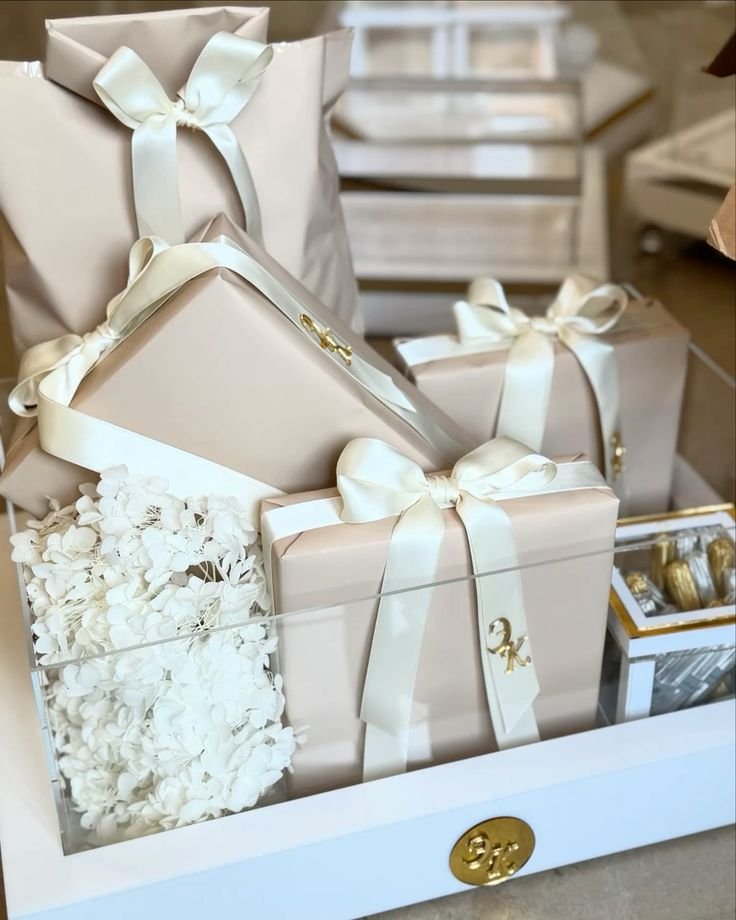The Cultural Meaning of Jahaz in Herat
Among the deep-rooted traditions of the people of Herat, the bride’s Jahaz holds a special and meaningful place. This tradition not only symbolizes the bride’s readiness to begin married life, but also reflects the love, support, and backing of her family. In Herat, preparing the Jahaz is done with great care and attention. The bride’s family, especially her mother, thoughtfully selects and prepares the items needed for the new life. From clothing and personal items to kitchen appliances, everything is arranged neatly and respectfully to ensure the couple’s new beginning is full of blessings and joy.
These items, beyond their material use, are a symbol of compassion, preparation, self-respect, and the family’s support for the bride’s future life.
What is Jahaz and Why is it Important?
Jahaz refers to a collection of personal and household items that the bride takes to her new home on the wedding night or during the public display event known as Takht Jamai. These items not only serve practical purposes for the couple but also represent the effort and commitment of the bride’s family.
In some cultures, Jahaz is considered the “foundation for the daughter’s new life,” and it is held in high regard.
Complete Categorized List of Bride’s Jahaz:
Clothing and Personal Items
Formal and Party Dresses:
- Evening gowns (at least two for events)
- Wedding dress (if personally purchased)
- Outfits for engagement and formal gatherings
- Formal manteaux for visits
- Traditional or local dresses (if desired)
Homewear:
- Comfortable daily outfits (several sets)
- Sleepwear (cotton, satin, warm)
- Sportswear or comfortable clothes for walking
- Long and short home dresses
- Special homewear for hosting guests
Seasonal Clothing:
- Winter clothes (coat, jacket, hat, gloves)
- Raincoat or light waterproof coat
- Summer clothes (cotton, breathable, short sleeves)
- Spring and autumn outfits
- Casual manteaux
Shoes and Footwear:
- High-heeled party shoes
- Sneakers or sports shoes
- Daily comfortable shoes
- Indoor slippers
- Bath slippers
- Winter boots
- Light summer shoes or sandals
Beauty and Hygiene Items
- Full makeup kit (lipstick, creams, mascara, nail polish, etc.)
- Mirror, brush, comb, hair dryer, hair straightener
- Perfumes and body sprays
- Watch, gold and silver jewelry
- Nail clipper, scissors, handbag
- Personal hygiene items (towels, loofah, personal care basket)



Bedroom Items
- Pillows, blankets, quilts, bedsheets, throws
- Mirror and vanity table
- Wardrobe or dresser
- Hangers and hooks
- Alarm clock
- Suitable bedroom curtains
- Rug or small carpet
- Comfortable orthopedic mattress
- Double bed
- Nightlight or bedside lamp
Living Room and Guest Items
- Sofa set (6 or 7 pieces)
- Dining table with chairs
- Showcase or display cabinet for crystalware
- Proper curtains for the living room
- Large rug for the hall
- TV and TV stand
- Sound system (if possible)
Kitchenware
Non-electric Items:
- Cookware set (steel and non-stick)
- Frying pan set
- Cooking utensils (wooden, steel, silicone)
- Cutting board
- Cutlery set (spoons, forks, knives)
- Dish set (plates, bowls, cups)
- Tea glass and saucer set
- Teapot and kettle
- Spice containers
- Rice and tea strainer
- Baking molds for cakes and cookies
- Food storage containers (plastic or glass)
- Tablecloth, placemats, hot pads
- Breadbasket, fruit bowl, trays
Electrical Appliances:
- Refrigerator and freezer
- Gas stove or cooker
- Washing machine
- Dishwasher (optional)
- Electric kettle or samovar
- Blender
- Microwave
- Coffee maker or Nespresso machine
- Juicer
- Vacuum cleaner
The Role of Jahaz in Herat Family Culture
In Herat, the bride’s Jahaz is displayed in a public event called Takht Jamai. Guests (close relatives and friends) view the items, appreciate the efforts of the bride’s mother, and usually present gifts such as kitchenware, household items, or cash. This tradition is not only beautiful but also boosts the morale of the bride’s family.
Final Words
The bride’s Jahaz is not just a collection of material goods, but a symbol of love, care, and readiness for a new life. In this beautiful cultural tradition, the respect for the daughter, the mother’s effort, and family unity are deeply visible.
By simplifying this tradition and focusing on its core meaning—love and kindness—we can reduce financial pressure and make the start of married life more enjoyable.
Ultimately, while the Jahaz tradition in Herat is rooted in ancient beliefs, its scale and style depend on the family’s financial ability, taste, and values. Some families prepare many items, while others, even with limited resources, carry out the tradition with love and respect. More important than the quantity of items is the pure intention, love, and support that families provide for the couple starting their life together.